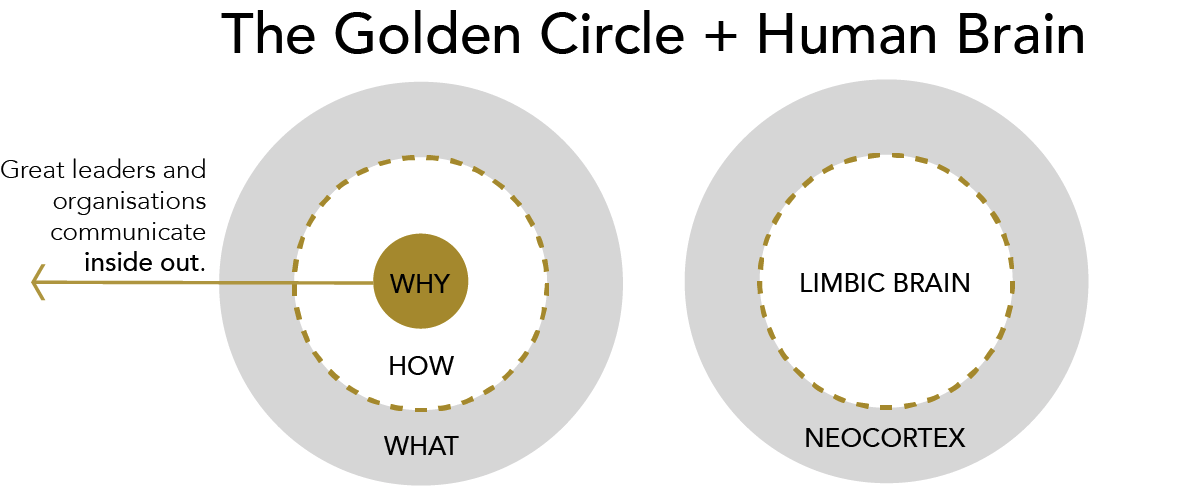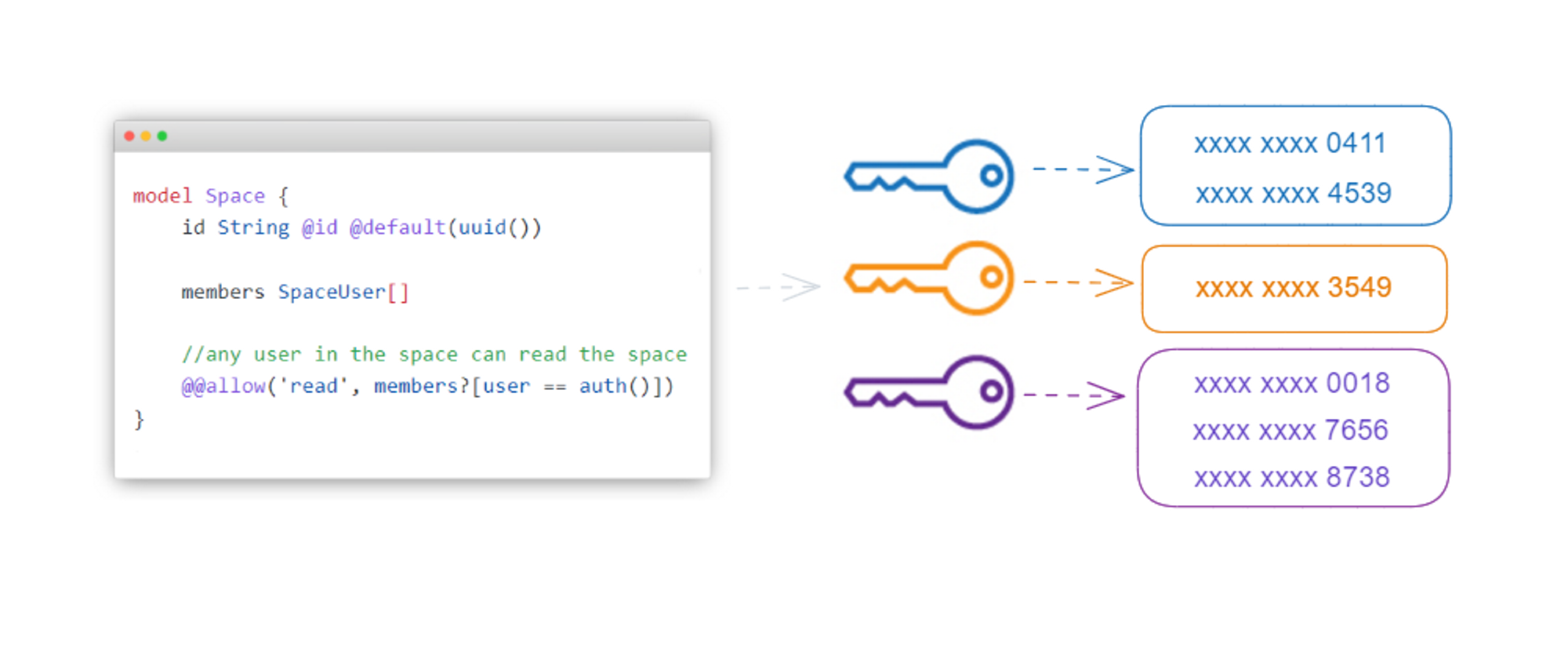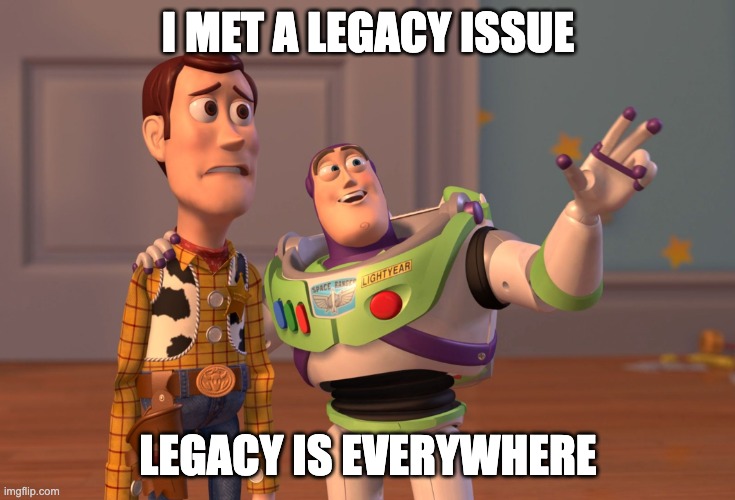How to Build a Fully Functional ToDo SaaS Using Next.js and ZenStack's Access Control Policy

Almost all the SaaS now is collaborative, from the originator Salesforce to the newly emerging one like Notion. To make it collaborative, technically, we need to build the foundation to support tenant isolation with an access control policy. A classic challenge here is striking a balance between app security and dev productivity. ZenStack’s access policy provides an innovative way to achieve that balance using the declarative schema.










